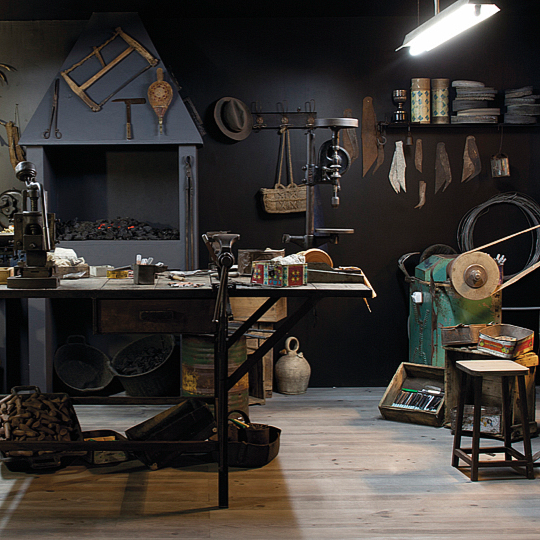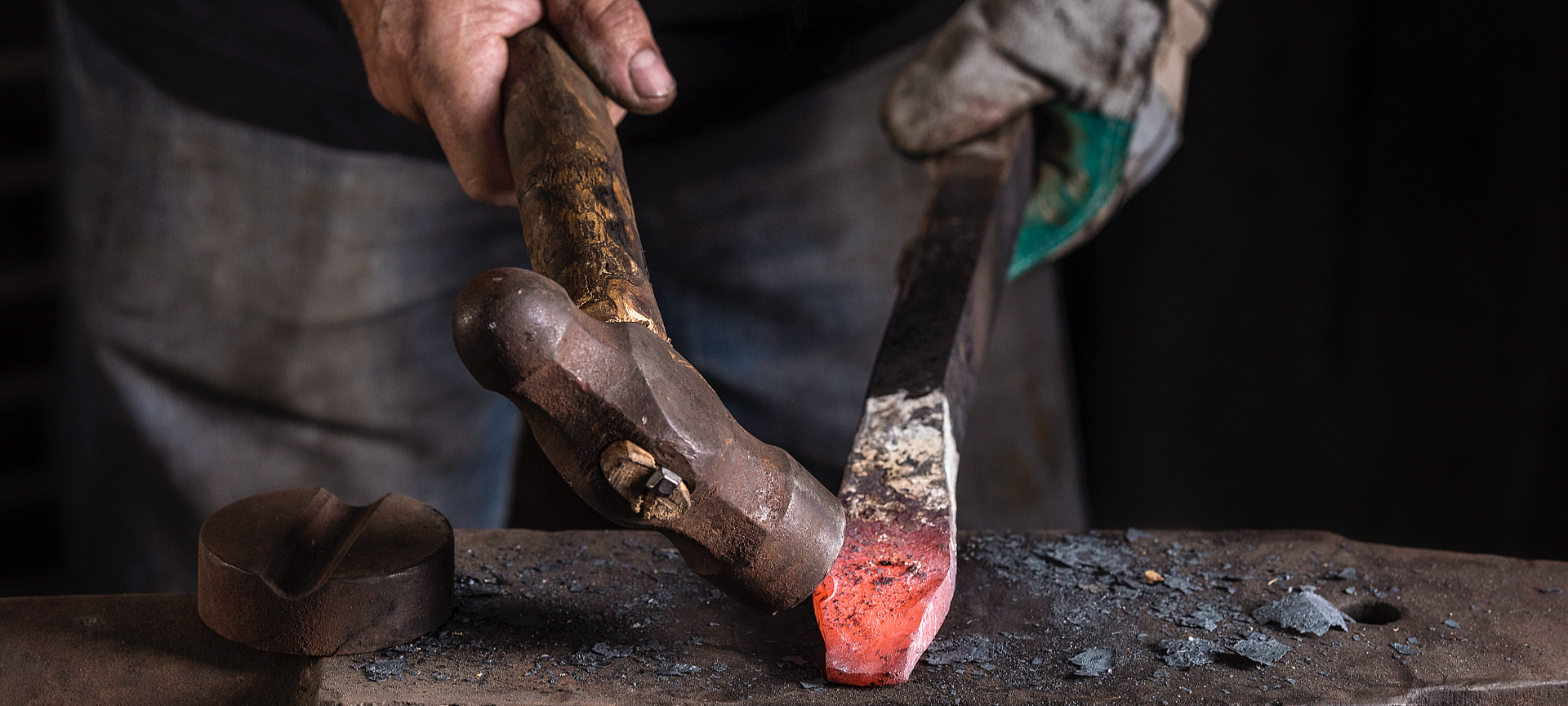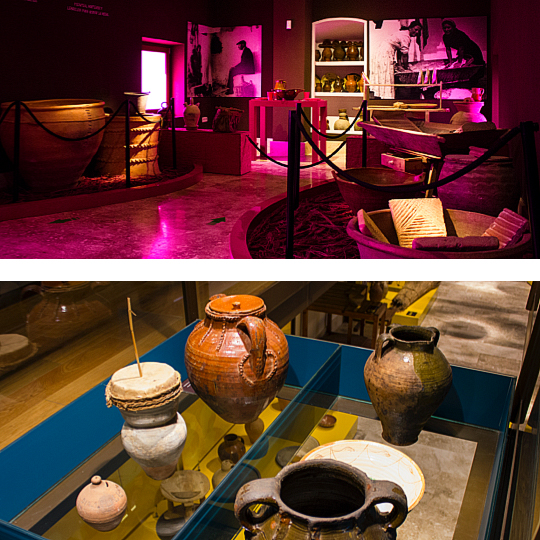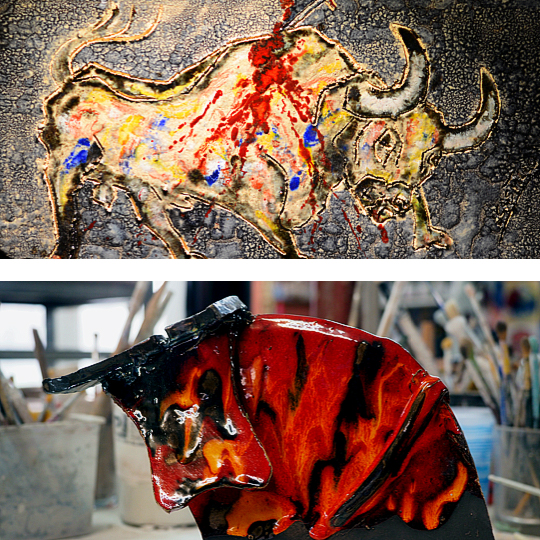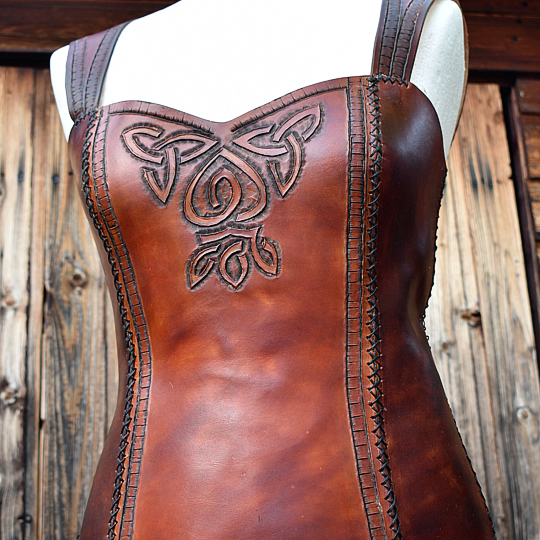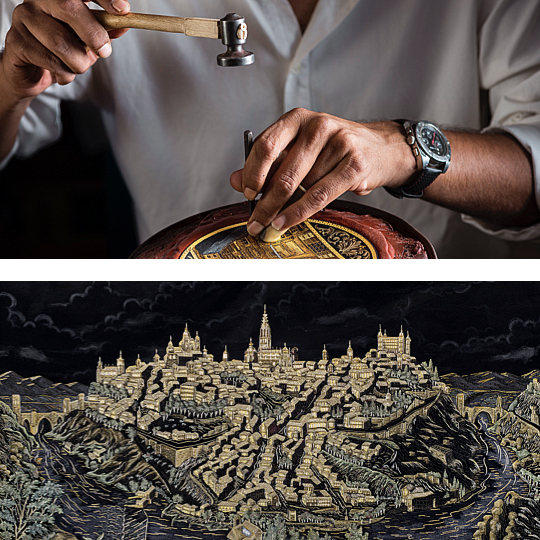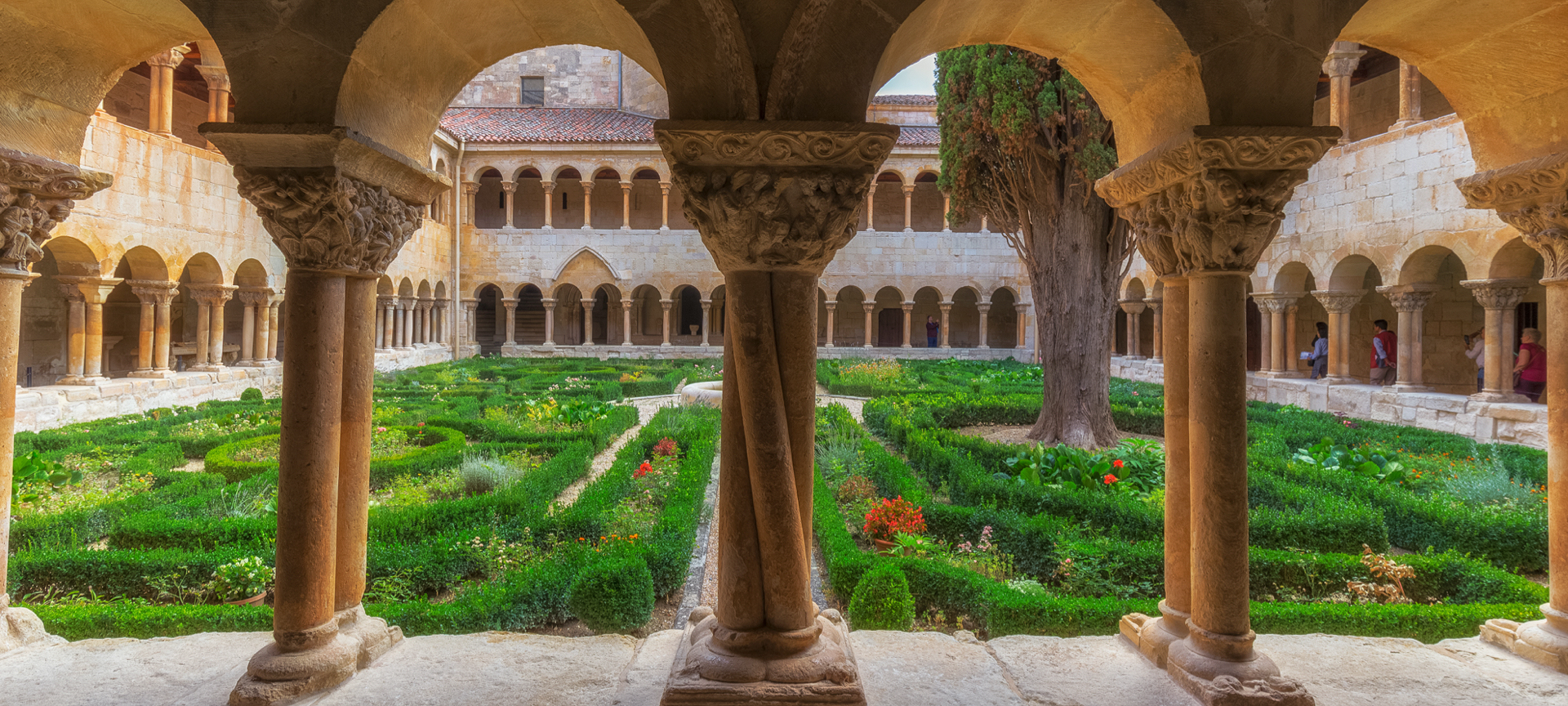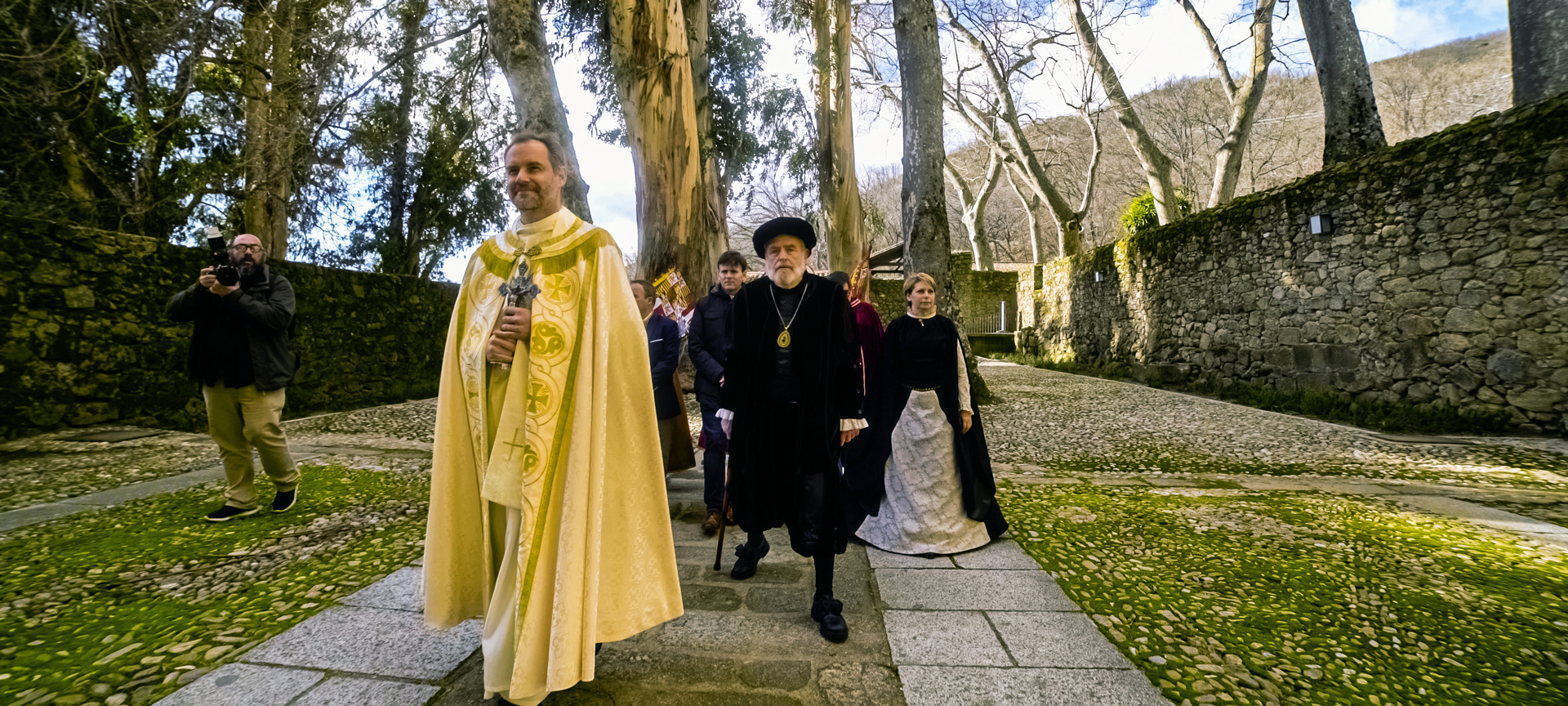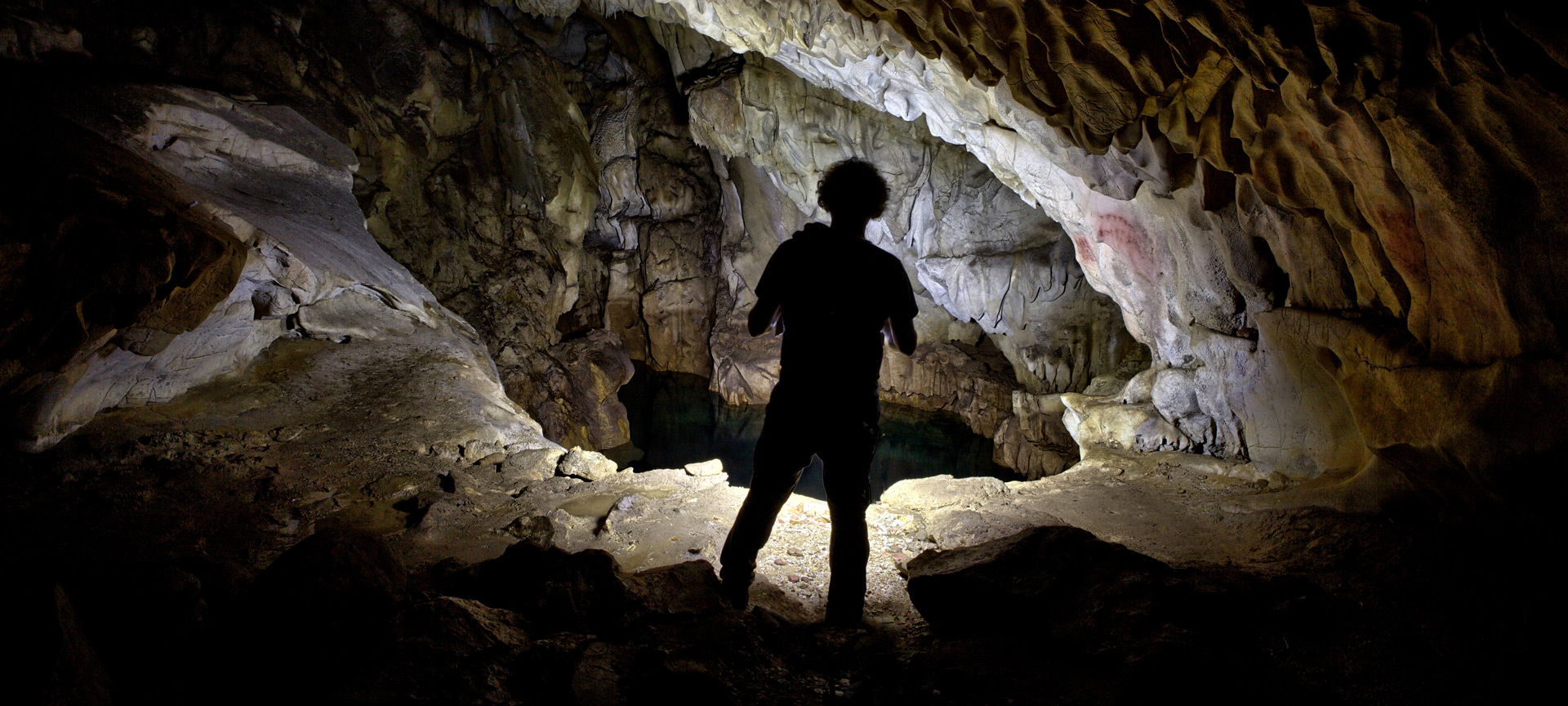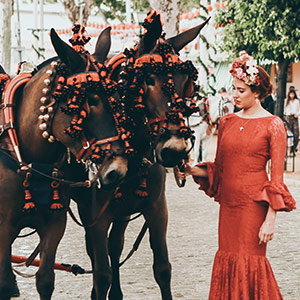Albacete, land of knives and folding-blade knives
There are many reasons to visit Albacete; one of them is to learn about its famous artisan knife and folding-blade knife making, which is a national reference point. This tradition dates back to Islamic Spain, which left a big influence on current designs, although the industry has operated in much the same way since the 15th century. To learn all about the history of Albacete’s knife-making, pay a visit to the Municipal Museum of Knives. In addition, the top knife makers gather every year at Ibercut, the international cutlery fair in Albacete. This province in Castile-La Mancha is also famous for its tinajas, a medieval craft dating back to the 16th and 17th centuries, which can also be discovered at the Museum of Albacete. The pot making industry is famous in the region, above all in Villarrobledo, which in the past had up to 72 ovens for baking the clay pots.
